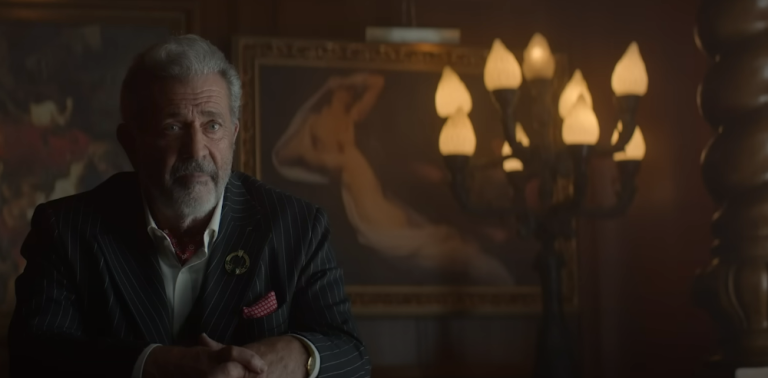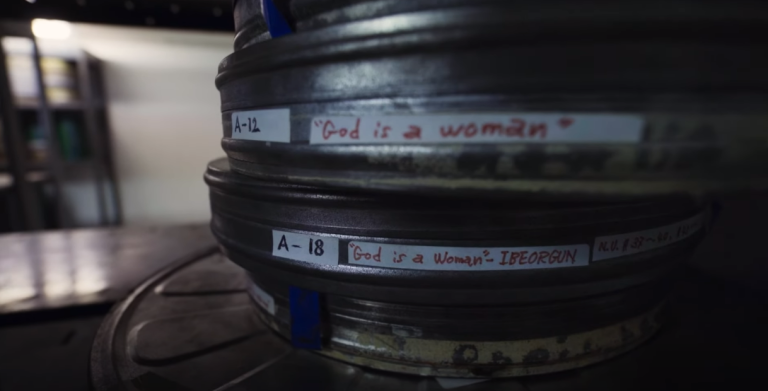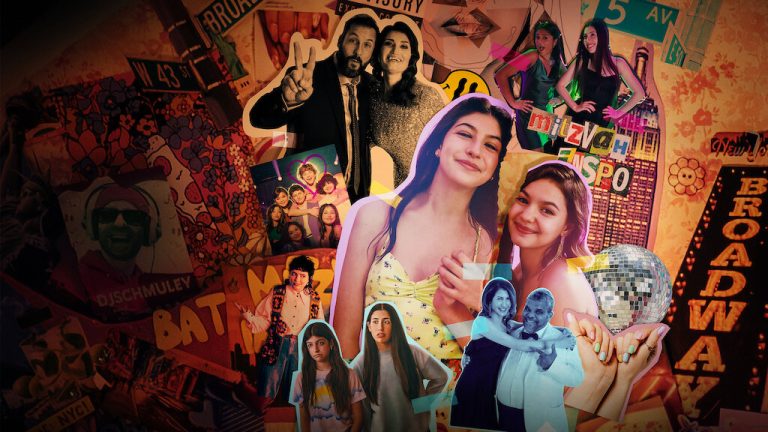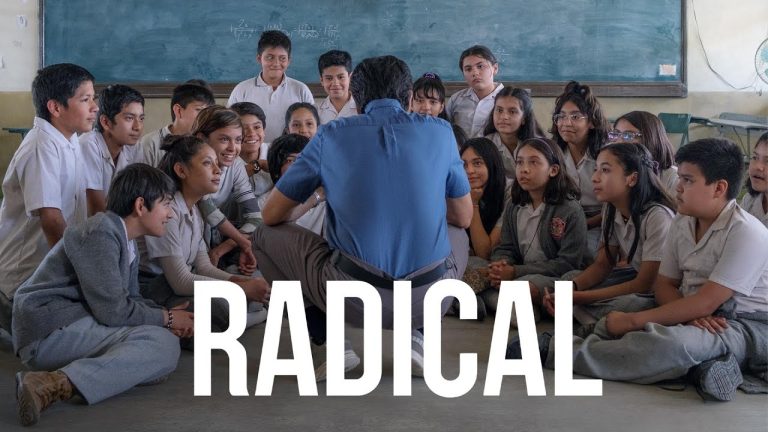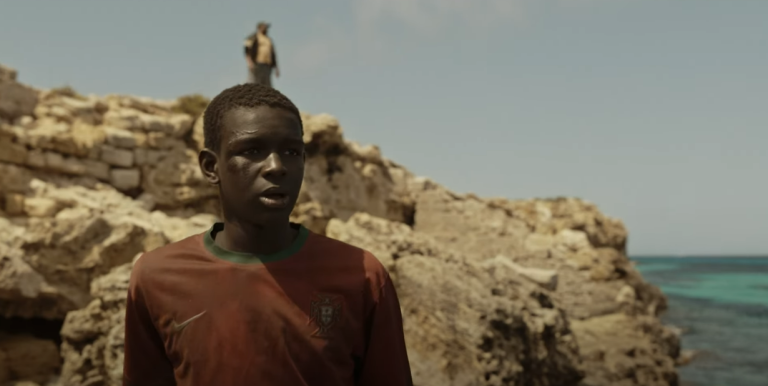
Bertrand Bonello’s latest cinematic endeavor, “The Beast” (“La Bete”), draws its creative inspiration from Henry James’ poignant 1903 short story, “The Beast in the Jungle.” While James’ narrative is often interpreted as a reflection on a life characterized by inaction, Bonello reimagines this theme by exploring the intricacies of fear, love, and human relationships against the backdrop of historical upheaval.
In Bonello’s adaptation, the central character, Gabrielle Monnier, a celebrated concert pianist in Paris during the tumultuous period of the 1910 flood, becomes the vessel through which the audience experiences the chilling grip of fear. Gabrielle’s apprehensions are shared with Louis, a young Englishman with whom she embarks on a tentative romantic journey. However, their challenges extend beyond Gabrielle’s reluctance to fully embrace their relationship, lingering amidst the backdrop of a city in crisis.
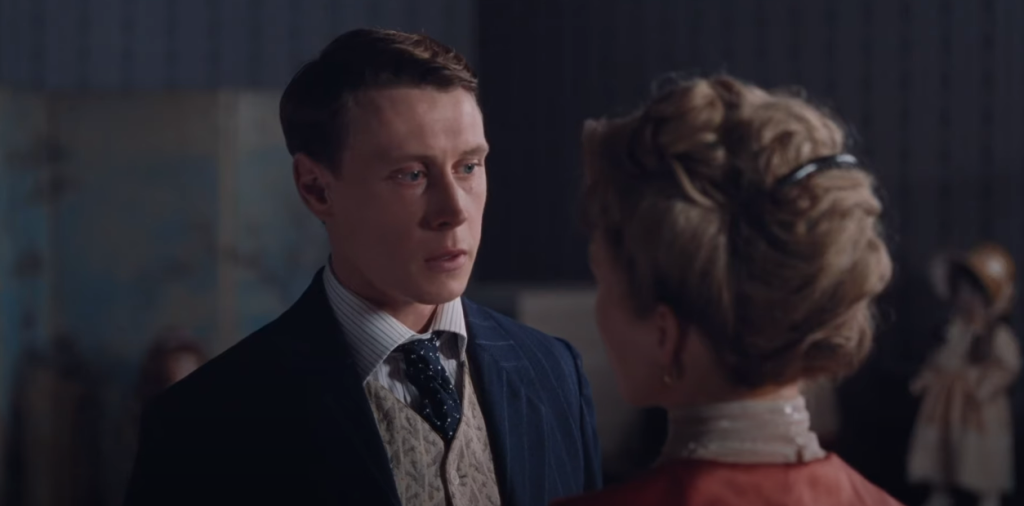
Bonello’s cinematic vision immerses viewers in a visceral horror experience, presenting a multitude of nightmarish scenarios within a troubled world. The portrayal of Gabrielle’s trials, masterfully depicted by Lea Seydoux, transcends the abstract and becomes undeniably tangible, or perhaps even hyper-real. The horrors faced by the characters manifest in physical forms or simulations, proving relentless against futile attempts to forestall them.
The film’s narrative unfolds across four intertwined timelines, navigating the complexities of existence and exploring themes of identity, technology, and societal norms. Through the juxtaposition of historical periods with a dystopian future and contemporary anxieties, Bonello highlights the enduring relevance of fear and its manifestations across time.

Dolls serve as a recurring motif, symbolizing the characters’ desires, fears, and the encroaching influence of technology. The presence of electrical fires and malware attacks further accentuate the collision between the physical and digital realms, enhancing the film’s exploration of modern complexities.
Certain scenes exude a Lynchian quality, particularly those set in Los Angeles, where Gabrielle becomes ensnared in the unsettling allure of a TV singing contest show reminiscent of “Twin Peaks.” However, unlike Lynch, Bonello’s message is more direct, delving into the human pursuit of authenticity amidst a chaotic world.
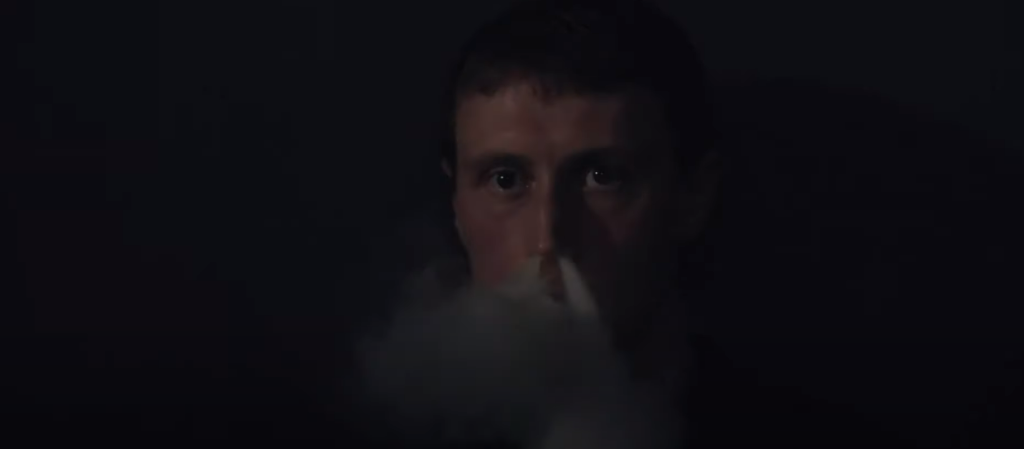
Gabrielle’s quest to find beauty amidst chaos resonates deeply, especially when confronted with the most terrifying iteration of Louis. Bonello underscores the struggle against societal constraints and the longing for authenticity in a world fraught with turmoil. The urgency of preserving beauty and authenticity in the face of impending chaos permeates the film, distinguishing Bonello’s approach from Lynch’s more enigmatic style.
| Aspect | Description |
|---|---|
| Film Title | “The Beast” (“La Bete”) |
| Inspiration | Henry James’ 1903 short story, “The Beast in the Jungle” |
| Setting | Paris during the 1910 flood, Los Angeles in 2014, and a dystopian future in 2044 |
| Main Characters | Gabrielle Monnier (Lea Seydoux) and Louis (George MacKay) |
| Themes | Fear, love, human relationships, societal norms, identity, technology, authenticity |
| Narrative Structure | Four intertwined timelines: 1910, 2014, 2044, and potentially a green-screen session |
| Motifs | Dolls symbolizing desires, fears, and the influence of technology; electrical fires and malware attacks representing the collision between physical and digital realms |
| Directorial Style | Deliberate pacing, impartiality, Lynchian elements, direct exploration of themes |
| Key Messages | Exploration of fear’s grip on human consciousness, struggle against societal constraints, longing for authenticity amidst chaos, preservation of beauty amidst impending chaos |

